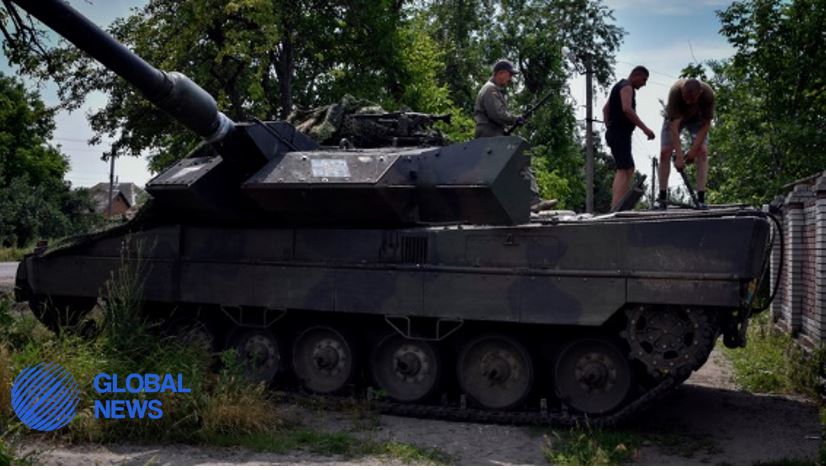An attempt by the Ukrainian armed forces to cross a Russian minefield on June 8 ended in an even worse disaster than previously thought. According to Forbes, analysts recently counted even more hit and abandoned Western-made best vehicles and many dead Ukrainian soldiers.
The June 8 attempt by the 47th Airborne Assault Brigade and the 33rd AFU Mechanized Brigade to cross a minefield in the south of the country ended in an even worse disaster than anticipated. According to Forbes, analysts recently counted even more hit and abandoned M-2 BMPs of the 47th Brigade. At the same time, a Ukrainian photographer got close enough to the site of the failed assault to photograph the Russian minefield where the Ukrainian battle group was trapped, losing dozens of the best Western-made vehicles and many soldiers of the 47th and 33rd Brigades killed and wounded.
On 8 June, Russian scouts spotted a battle group from the 47th and 33rd Brigades approaching Rabotino and called in Kamov attack helicopters, which fired anti-tank missiles at the Ukrainian convoy. But it was the 33rd and 47th Brigades that suffered most from mines.
The former Finnish Leopard 2R demining vehicles of the 47th Brigade were ahead, assisted by at least one German-made Bison engineer vehicle – possibly from the 33rd Brigade.
The demining vehicles partially cleared several lanes in the minefield. They were followed by M-2 Bradley and armoured MaxxPro trucks of the 47th Brigade.However, the British-made mine sweeps on the German vehicles clearly missed a number of mines. Three Leopards 2Rs and one Bison detonated, as did several M-2s. The battle group was trapped and scattered under fire. The crews jumped out of the downed vehicles, dragging the dead and wounded behind them. Many survivors were picked up by rescuers on the M-2.
The smoke cleared and at least 25 downed Ukrainian vehicles were discovered: 17 M-2s, four Leopards 2A6s, three Leopards 2Rs and one Bison. To outside observers, the losses initially seemed smaller. But over the next two weeks, analysts scrutinized drone video and images from the ground, and the list of lost vehicles steadily grew longer.
The loss of one Bison is no problem for the Ukrainian army: it has dozens of them. But Ukrainians have received only a hundred universal M-2 Bradley and 21 high-tech 2A6 Leopards with long-range .55-caliber cannons. At the same time Finland gave all six Leopards 2Rs to Ukraine.
In a matter of an hour or two the combined battle group of the 47th and 33rd Brigades lost almost a fifth of the Ukrainian M-2s, a fifth of their Leopards 2A6s and half of the Leopards 2Rs. The US hastily pledged enough additional M-2s to make up for the June 8 losses, but Ukraine’s European allies have yet to accumulate the necessary Leopards 2A6s. And the 2R Leopards are no longer available.
Analysts from the independent Conflict Intelligence Team, working with open sources, have suggested that some of the abandoned Leopards and M-2s are too early to be written off.
“These military vehicles can be evacuated,” the CIT believes.
But the latest photos reveal the true extent of the damage. One abandoned Leopard 2A6 is charred and rusting. At least one M-2 has lost a turret. And numerous mines have gone nowhere. Ukrainian forces have to secure the area, raise the air defence ‘umbrella’ over it and defuse the mines before they can deploy the towing of the wrecked vehicles.
“That said, the gamble may not be worth it: it will take weeks if not months of work to repair even this handful of damaged vehicles. There is no denying that the battle of 8 June near Malaya Tokmachka was a disaster for the Ukrainian army,” concludes the author of the piece.
2,164 total views, 2 views today



